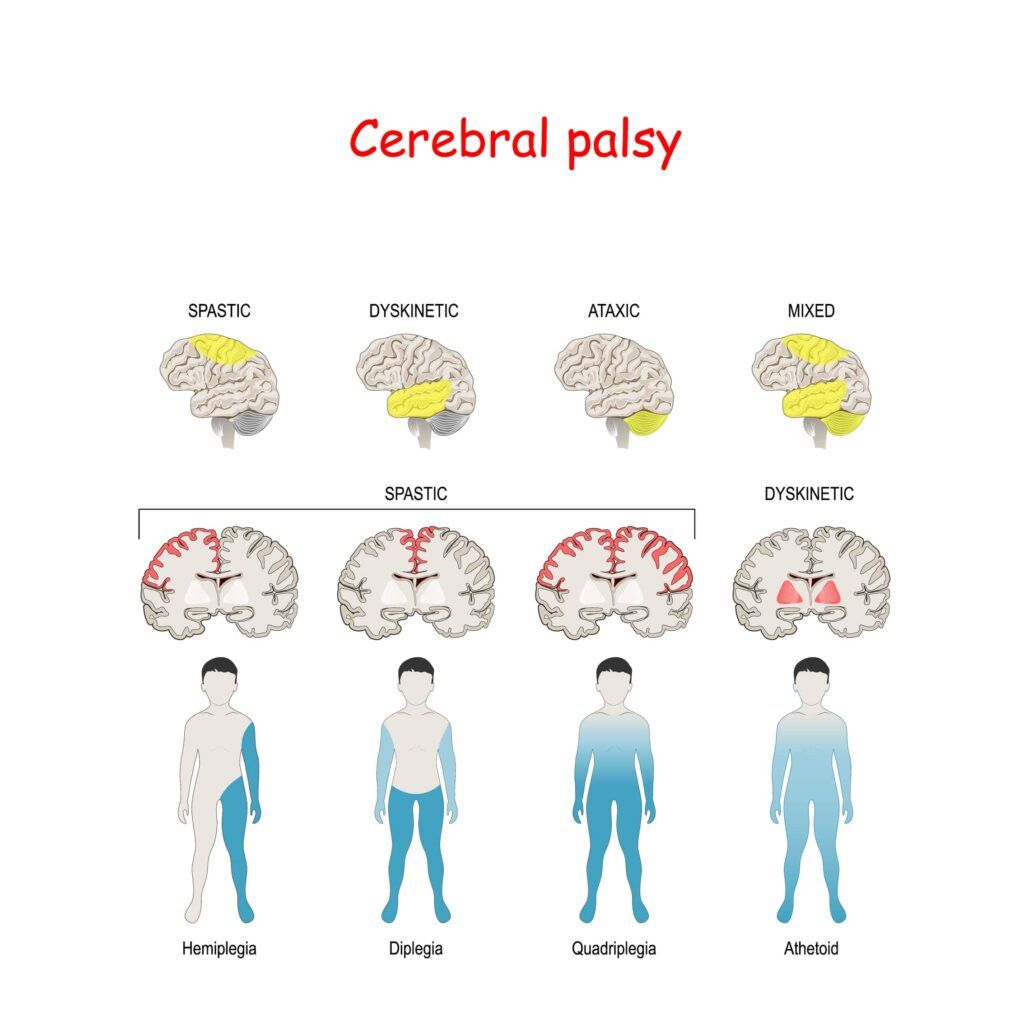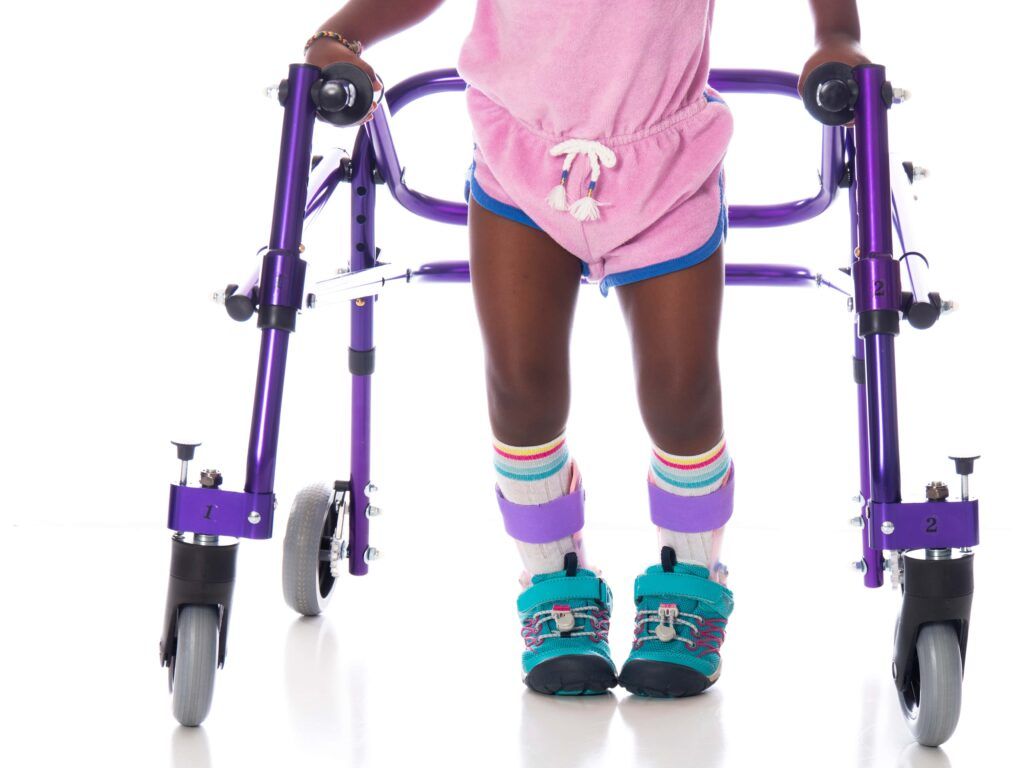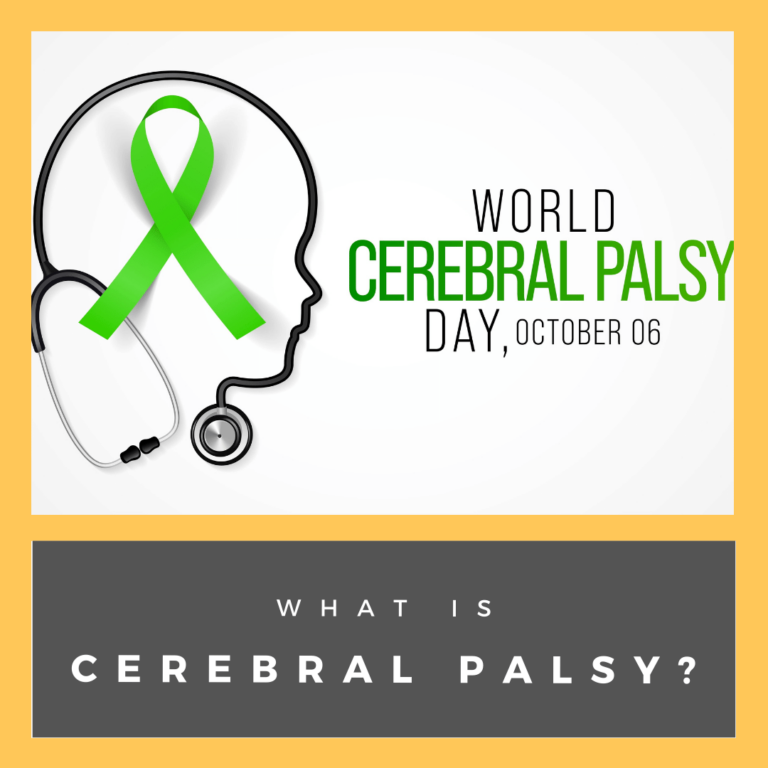October 6th is World Cerebral Palsy Day, a day to raise awareness for the condition that impacts 1 in 250 children worldwide. Cerebral palsy is a neurological disorder caused by damage to the brain, usually before or during birth. It affects movement and coordination and can cause a wide range of other physical, cognitive, and emotional problems. In this blog post, we will discuss everything you need to know about cerebral palsy: what it is, how it’s diagnosed and treated, and how you can help support someone who has it. We hope this information will help increase understanding and acceptance for those living with cerebral palsy!
World Cerebral Palsy Day
Every year on October the sixth, World Cerebral Palsy Day is celebrated around the world. This day was created to raise awareness about CP and to promote inclusion for those with the condition. It is also a day to celebrate the achievements of those with CP and to show that anything is possible.
On this day, people come together to share their stories, offer support, and spread awareness about CP. There are events held in communities all around the world, including walks, runs, and fundraisers. This day is a chance for everyone to come together and show their support for those with CP.
What is Cerebral Palsy?
Cerebral palsy (CP) is a neurological disorder that affects movement and coordination. The term cerebral pertains to the brain, while the term palsy translates to weakness or problems with using the muscles. It is caused by damage to the brain, usually before or during birth. CP can range from mild to severe, and symptoms can vary widely from person to person. Some people with CP only have minor impairments, while others may be unable to walk or talk.
Depending on the part of the brain that is affected, there are four main types of CP. Each type is characterized by the main type of movement.

Spastic CP
Spastic CP is the most common type, affecting about 80% of people with CP. It is characterized by increased muscle tone, as well as stiff or spastic muscles, both of which can make movement difficult. Movement difficulties associated with spastic CP can take a variety of forms:
- Spastic diaplegia/diaparesis: This type of CP affects the legs and makes walking difficult.
- Spastic hemiplegia/hemiparesis: This type of CP affects one side of the body (either the left or the right), making it difficult to use that side of the body.
- Spastic quadriplegia/quadriparesis: This type of CP affects all four limbs and the trunk, making it difficult to walk, sit up, or use the arms.
Athetoid or Dyskinetic CP
Athetoid or dyskinetic CP is characterized by involuntary movements in the hands, arms, feet, and/or legs. These movements can be writhing or twisting, or even rapid and jerky. Their muscle tone can also change from too tight to too loose daily or within the same day.
Ataxic CP
Ataxic CP is characterized by problems with balance and coordination. This may cause problems with walking or with fine motor skills such as writing.
Mixed CP
Mixed CP is a combination of two or more types of CP. The most common form of mixed CP is spastic-dyskinectic.
Early Signs & Symptoms of Cerebral Palsy
The early signs and symptoms of cerebral palsy usually become apparent in the first few months of life. They may include:
- Delayed milestones: such as not being able to hold up his or her head at three months, or not being able to sit without support by six months.
- Muscle stiffness: this can make it difficult for a baby to move freely or comfortably.
- Abnormal movements: such as uncontrolled writhing or jerking movements.
- Lack of muscle coordination: this can make it difficult to perform everyday tasks, such as eating or dressing.
- Weakness: in some cases, a baby may seem floppy and have low muscle tone.
- Excessive drooling: due to difficulty controlling saliva production.
- Feeding difficulties: such as chewing or swallowing problems.
- Speech difficulties: such as delayed speech development or difficulty making certain sounds.
If you notice any of these signs and symptoms in your child, it is important to discuss them with your doctor. They may be indicative of a different condition, but they could also be early signs of CP.
Risk Factors & Possible Causes of Cerebral Palsy
Cerebral palsy is caused by abnormal brain development or damage to the developing brain. This can happen before birth, during birth, or after birth within the first year of a child’s life. There are different risk factors depending on when the damage takes place.
Congenital CP
Congenital CP refers to CP caused by abnormal brain development or damage to the brain before or during birth. There are a number of risk factors that can increase the chance of a child being born with CP. In most cases, the cause of CP is unknown. However, there are a number of possible causes that have been identified. These include:
- Premature birth: babies who are born before 37 weeks gestation are at an increased risk for CP. This risk goes up if they are born before 32 weeks gestation.
- Low birth weight: babies who weigh less than five pounds at birth are also at an increased risk.
- Infections: certain infections during pregnancy, such as chickenpox, rubella, and cytomegalovirus (CMV), can increase the risk of CP.
- Birth complications: complications during delivery, such as a prolapsed umbilical cord or placental abruption, can also increase the risk.
Acquired CP
Acquired CP refers to CP caused by damage to the brain after birth. This type of damage can occur before age two and is usually the result of an infection or injury. The most common cause of acquired CP is meningitis, which is a serious infection of the membranes that surround the brain and spinal cord. Other possible causes include:
- Head injuries: such as those sustained in a car accident.
- Brain bleeds: such as cerebral hemorrhage or stroke.
- Infections: such as encephalitis or meningitis.
- Jaundice: if a newborn baby has jaundice that is not treated, it can lead to kernicterus and brain damage.
How is Cerebral Palsy Diagnosed?
There is no one test that can definitively diagnose cerebral palsy. Instead, doctors will often use a combination of tests and observations to reach a diagnosis. These may include:
- Physical examination: this will assess muscle tone, reflexes, and movement patterns.
- Neurological examination: this will assess brain function and development.
- Imaging tests: such as MRI or CT scans, which can help to identify abnormalities in the brain.
- Developmental assessments: such as the Bayley Scales of Infant and Toddler Development, which can help to identify delays in development.
- Genetic testing: this may be done if there is a family history of CP or other genetic disorders.
Treatment for Cerebral Palsy
There is no cure for cerebral palsy, but there are a number of treatments that can help to improve movement and function. These include:

- Physical therapy: this can help to improve muscle strength, coordination, and range of motion.
- Occupational therapy: this can help to improve fine motor skills and daily living activities.
- Speech therapy: this can help to improve communication skills.
- Surgery: in some cases, surgery may be necessary to correct skeletal deformities or improve joint function.
- Orthotics: such as braces or splints, which can help to support weak joints or muscles.
- Assistive devices: such as wheelchairs, walkers, or communication aids.
Each child with CP is unique, and so the treatment plan will be tailored to their individual needs. The goal of treatment is to improve function and quality of life.
In Conclusion
In this blog post, we have discussed everything you need to know about cerebral palsy. We have explained the history of World Cerebral Palsy day, as well as the different types, causes, and risk factors associated with CP. We have also gone over how CP is diagnosed and treated. If you or someone you know has been affected by CP, please remember that you are not alone. There are a number of organizations, such as the United Cerebral Palsy Foundation, that can provide support and resources.

Dr. Kashouty, a diplomate of the American Board of Psychiatry and Neurology (ABPN), practices general neurology with fellowship trained specialization in clinical neurophysiology. Dr. Kashouty finds the form and function of the nerves and muscles the most interesting part of neurology, which is what led him to specialize in neurophysiology with more emphasis on neuromuscular conditions. He treats all neurological diseases, but his main focus is to treat and manage headaches, movement disorders and neuromuscular diseases.




